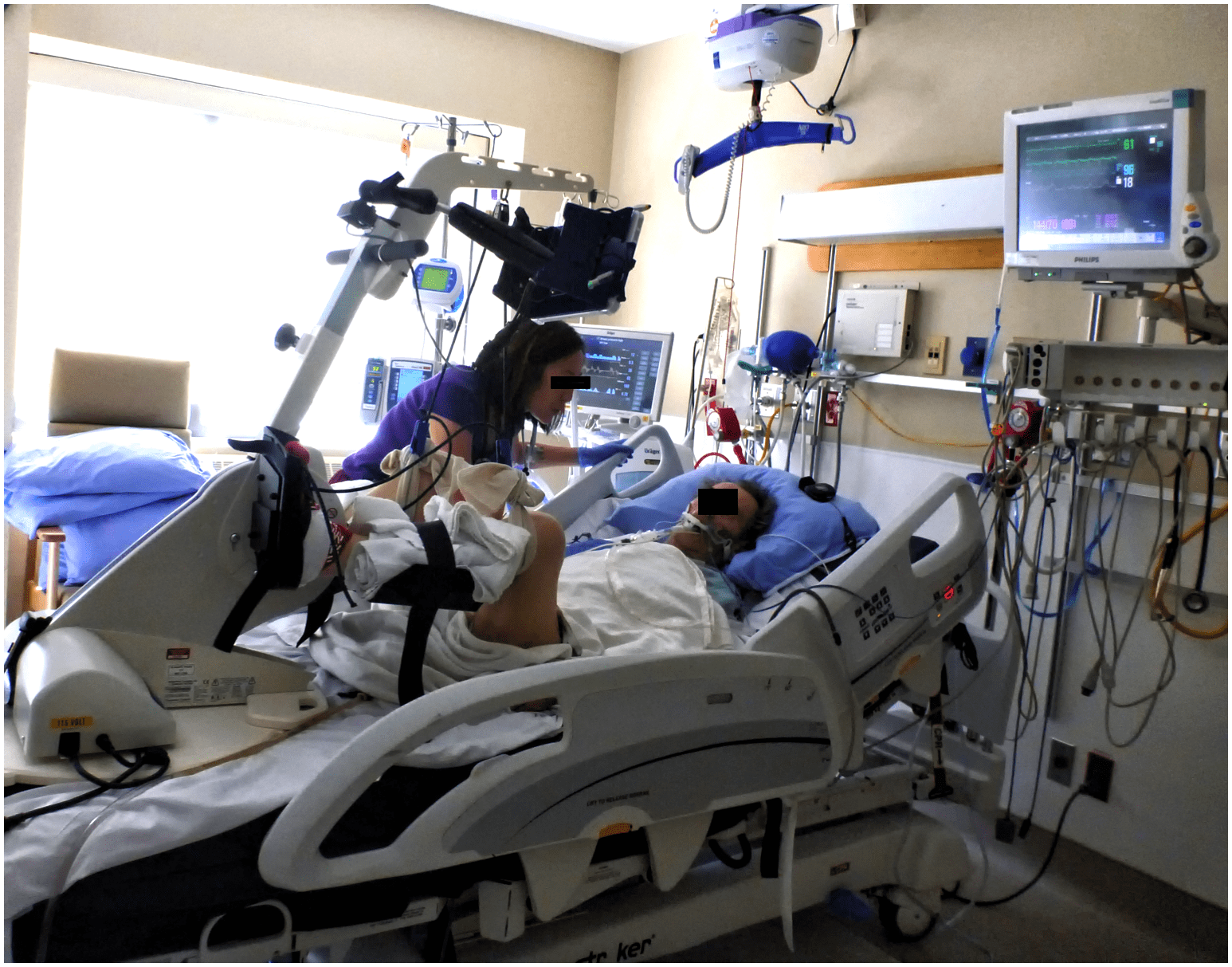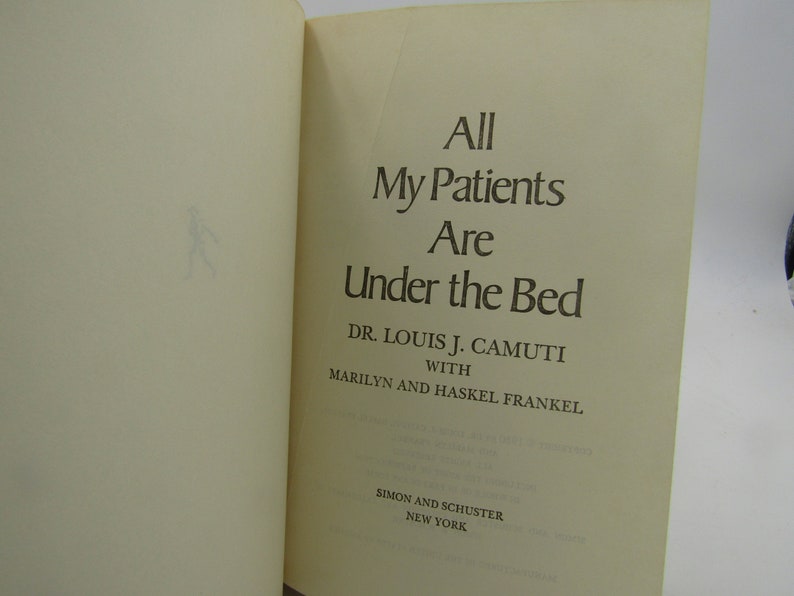

This method allowed us to quickly develop a multipronged solution and implement improvements immediately. These interviews were used to identify themes, synthesize insights, and brainstorm and prototype several solutions, which were rapidly implemented in parallel.

Human-centered design is well-suited to address challenges arising from the Covid-19 pandemic because it is rapid, iterative, and grounded in addressing real human needs. Interviews were semi-structured, allowing for a natural flow of conversation, and were conducted until thematic saturation was achieved (See Appendix). Purposive sampling was used to identify a diverse group of patients in regard to age, experience with health care, and socioeconomic status. We conducted 10 phone interviews with patients and five in-person provider interviews regarding hospital usage. Here, we report our efforts to understand and address reduced ED usage during the Covid-19 pandemic. Our HCD team - composed of physicians and medical students with experience in HCD visual, user experience, and user interface designers and a product manager with experience at Google - partnered with LMH leadership. Members of the Emergency Design Collective organized around discrete projects in multidisciplinary groups. What began as an initial meeting of about 30 individuals in mid-March has grown to a group of more than 325 individuals as of early April. On March 17, 2020, a group of individuals came together to found the Emergency Design Collective, a collaboration of human-centered designers, health care providers, makers, and academics who donated their time to take a systemic, human-centered approach to understanding and solving novel challenges during the Covid-19 epidemic. 11 HCD is well-suited to address challenges arising from the Covid-19 pandemic because it is rapid, iterative, and grounded in addressing real human needs.

Human-centered design (HCD) is a methodology that employs qualitative research to understand human behavior in order to develop and implement innovative solutions. 2 - 7 Internationally, Italy and Hong Kong are reporting fewer strokes and delayed presentation of myocardial infarctions, respectively. are reporting lower ED volumes and publishing stories of patients afraid to go to the hospital - in some cases with dire consequences. Nationally, visits to EDs are down nearly 50% since mid-March (2020 week 11) when weekly ED visits exceeded 2.23 million, to mid-April (2020 week 15) when weekly ED visits had declined to 1.18 million. The Covid-19 pandemic has altered the lives of approximately 316 million Americans who are under shelter-in-place orders as of April 15, 2020. This decrease in ED volume is not unique to Lodi. The initial relief of having lower volumes turned to concern as it became clear that members of the community were avoiding the ED even when they had life-threatening emergencies. This information again suggested a new culture of waiting to seek emergency care and was supported by subsequent histories of patients who reported they chose to wait several days after the onset of stroke symptoms to present for care.
#ALL MY PATIENTS ARE UNDER THE BED ACTIVATOR#
Duplication for commercial use must be authorized in writing by ADAM Health Solutions.Third, in the month of March, all stroke patients arrived too late to receive tissue plasminogen activator (tPA), which is surprising given that LMH administers tPA for three to eight stroke patients every month. Links to other sites are provided for information only - they do not constitute endorsements of those other sites. A licensed physician should be consulted for diagnosis and treatment of any and all medical conditions.

The information provided herein should not be used during any medical emergency or for the diagnosis or treatment of any medical condition. This site complies with the HONcode standard for trustworthy health information: verify here. Learn more about A.D.A.M.'s editorial policy editorial process and privacy policy. is among the first to achieve this important distinction for online health information and services. follows rigorous standards of quality and accountability. is accredited by URAC, for Health Content Provider (URAC's accreditation program is an independent audit to verify that A.D.A.M.


 0 kommentar(er)
0 kommentar(er)
